6 funeral notice wording examples for parents
Writing a funeral notice for your parents can be a difficult task. Read 6 funeral notice wording...
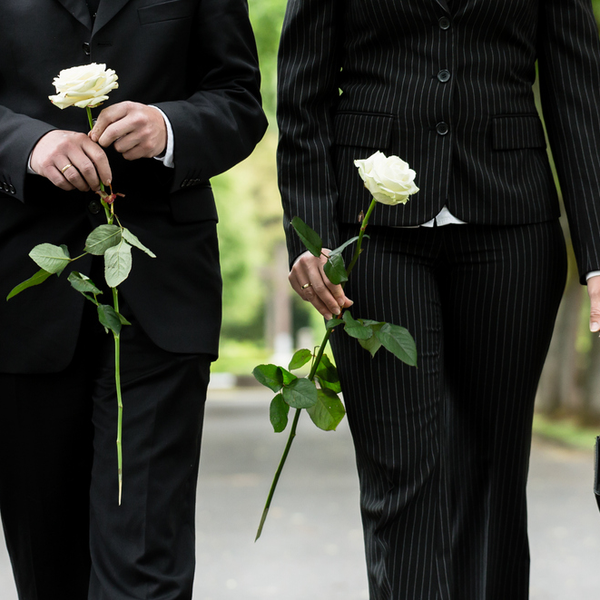
From as far back as the human memory reaches, people and horses have always had a special relationship. People form an inexplicable bond with their horses, built on trust, loyalty and love. The stories of famous horses throughout history have taught humans valuable lessons of determination, intelligence and perseverance, becoming symbols of hope and joy for people across generations. Take a look back at some of the famous horses throughout history that continue to the hearts and minds of people from all over the world, even after they have passed.
Phar Lap
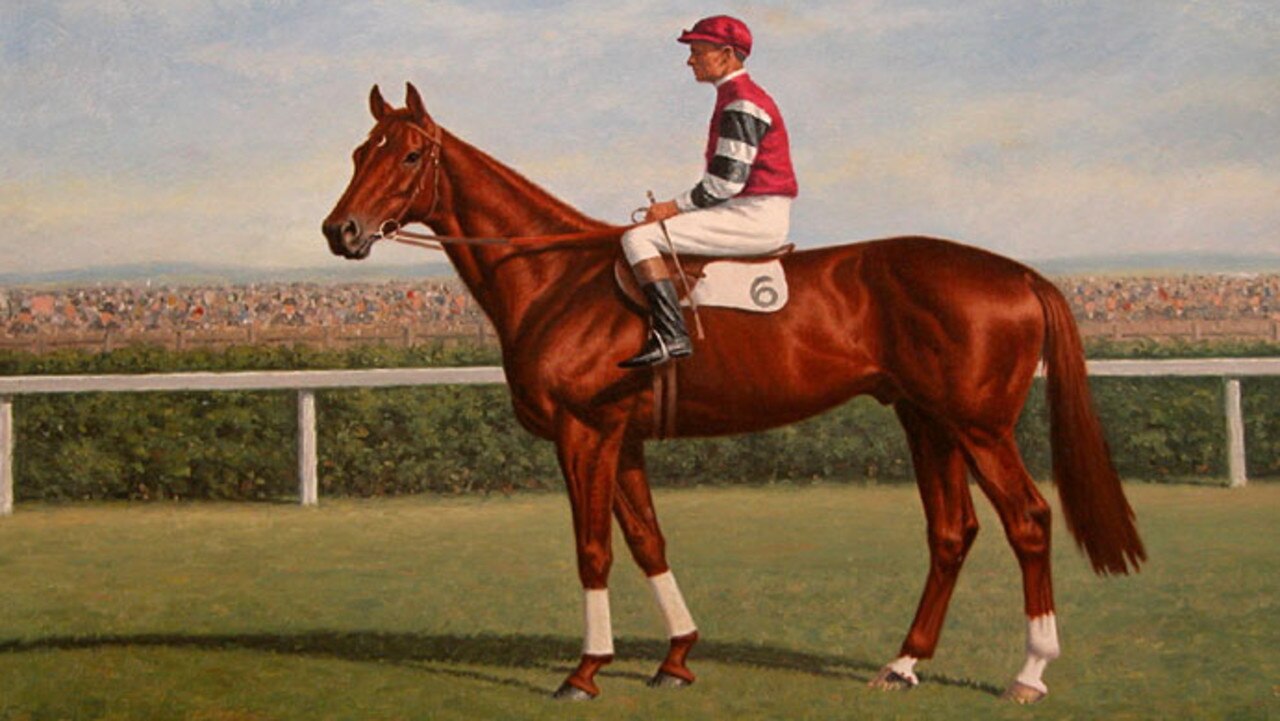
There are few Australians alive today who haven't heard of Phar Lap. During the Great Depression in Australia, the champion Thoroughbred trained by Harry Telford dominated Australian racing and captured the imagination of the public, as his success on the world stage lifted the spirits of the downtrodden. During his distinguished career, the racehorse won a Melbourne Cup, two Cox Plates, an AJC Derby and 19 other races in his weight-for-age class.

At the time of his passing from a sudden and mysterious illness in 1932, Australia's wonder horse was the third highest stakes-winner in the world, but his legacy didn't stop there. Phar Lap's heart was considered remarkable for its size at a huge 6.2 kilograms, nearly twice the normal size for a horse. The spectacle birthed the phrase "a heart as big as Phar Lap's," which describes a person with a generous or courageous disposition. While many speculate that the heart is a fake, it remains on display in the National Museum of Australia in Canberra. His preserved hide and skeleton are on display in the Melbourne Museum and the National Museum of New Zealand respectively, as the horse has become a cultural icon in both countries. With his likeness depicted on a postage stamp and in a bronze statue at Flemington Racecourse, his story told in film and song, and as a feature in the Australian Citizenship Test, it's safe to say that Phar Lap stands today as a symbol of the Australian people - persistent and courageous.
Trigger

During the Golden Age of Hollywood, American Western films reigned supreme, with cowboys and their steeds becoming household names. One of the most famous mounts of all time was the palomino stallion named Trigger, owned by cowboy star Roy Rogers. Born in San Diego, California, the half-thoroughbred was initially named Golden Cloud after the golden coat he inherited from his mother. He began his film career as the mount for Maid Marion, portrayed by Olivia de Havilland in the 1938 film The Adventures of Robin Hood. Shortly thereafter, Roy Rogers was presented with a number of "movie" horses to star alongside him in his first starring role. He chose Golden Cloud, and so loved the horse that he eventually bought him and renamed him. Rogers gave the stallion the name Trigger as a nod to the horse's quickness, both in his stride and in his mind.
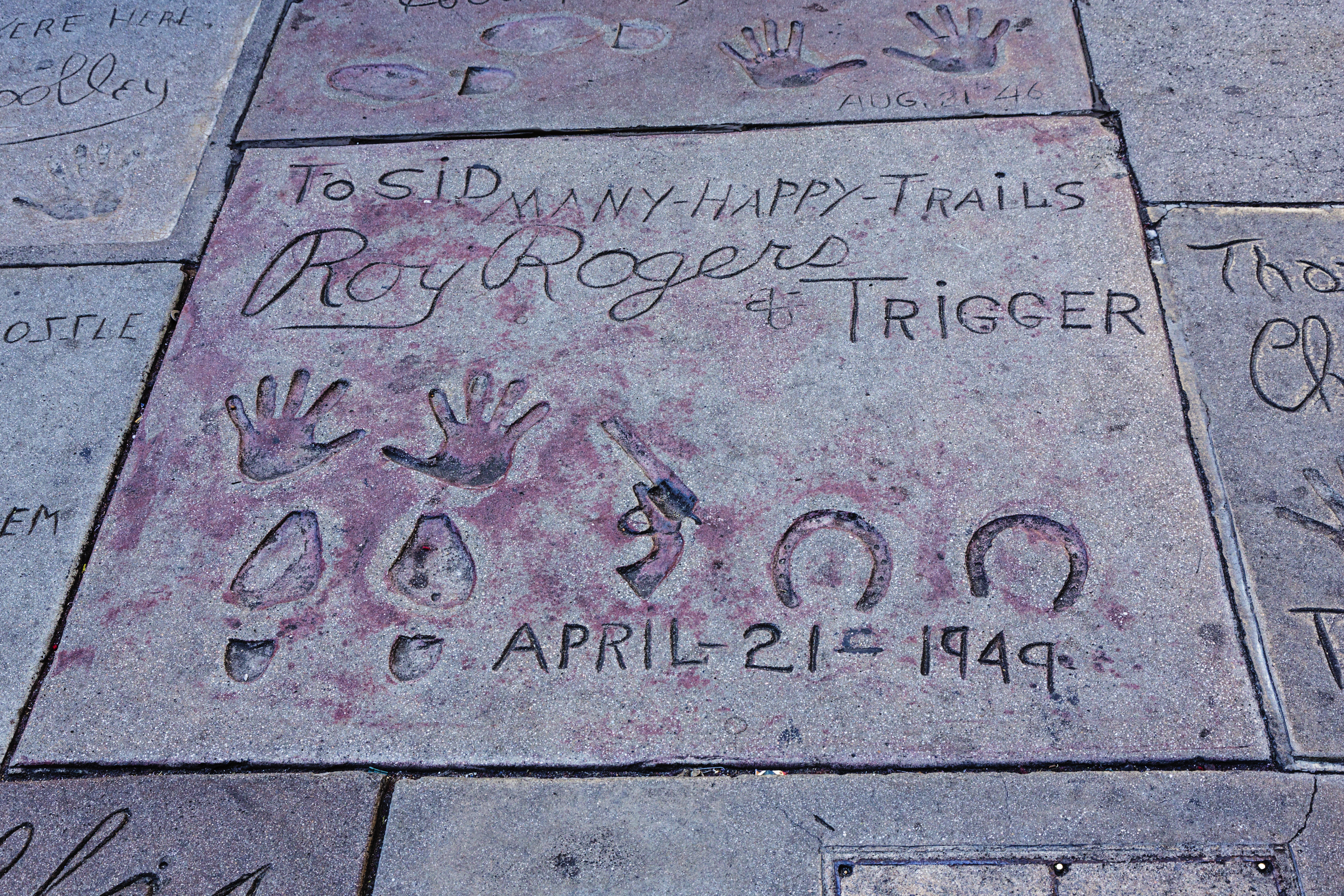
During their partnership, Trigger learned over 150 trick cues, including sitting in a chair, sign 'X' with a pencil next to his name and cover himself with a blanket as he lay down for a nap, and could walk for 15 metres on his hind legs. The two became inseparable, with Trigger appearing alongside Rogers in the majority of his films, including The Golden Stallion (1949), Roll on Texas Moon (1946), San Fernando Valley (1944) and many more. He also starred in Roger's 1950's television series, alongside Roger's wife Dale Evans, and her trusty mount, Buttermilk. He became the most famous horse in film entertainment, starring in comic books, accompanying his owner to visit sick children in hospitals and even being presented with a Scottish kilt. Although Trigger was never bred, his legacy lives on as a star of the wild, wild west.
Archer
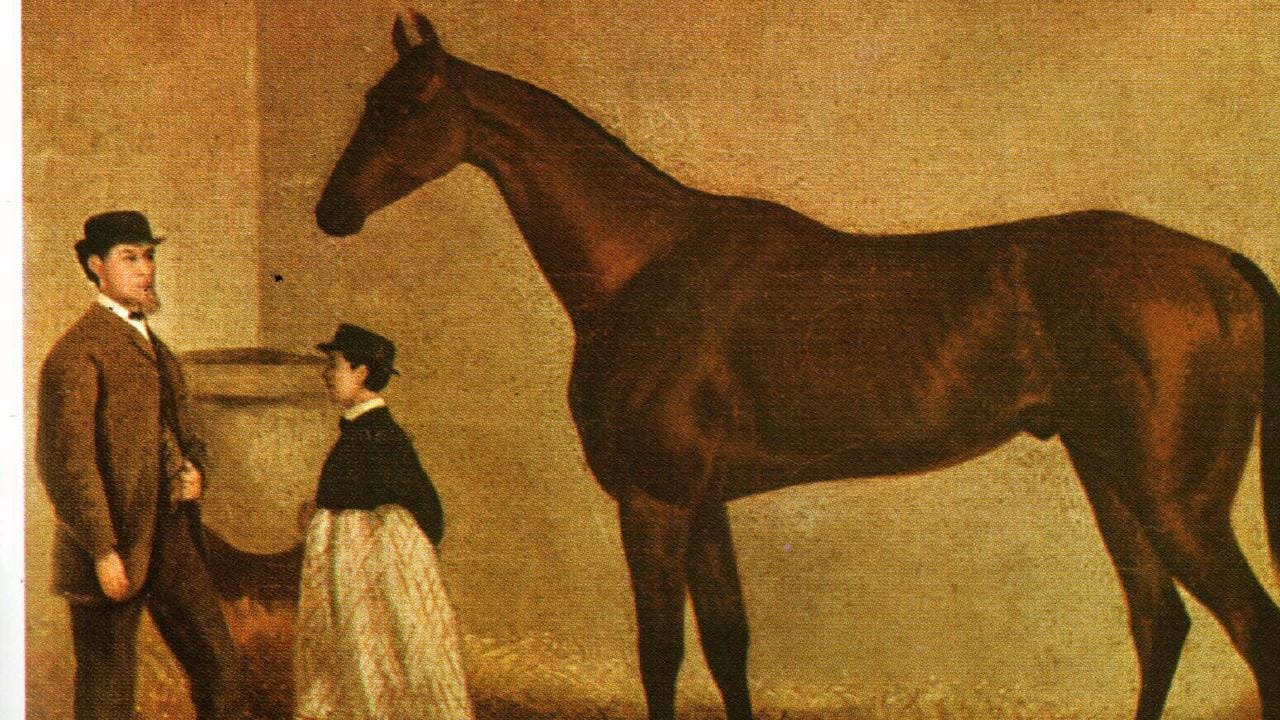
For a horse to still be remembered nearly 150 years since they passed says a lot about the level of excellence that they achieved. Archer was a champion racehorse that was born in 1852 near Braidwood, New South Wales. As the horse started training for the races, locals nicknamed him "The Bull," as he was considerably large for a three year old horse at 16.3 hands tall, but it was hard to be intimidated by the immense horse as he galloped with his tongue lolling out the side of his mouth. Although he made a poor first impression at his first two races in Randwick, he went on to become a legend. Archer is one of only five racehorses to win the Melbourne Cup at least twice, with Archer's being the most significant as he won the first two Melbourne Cups ever by a landslide.
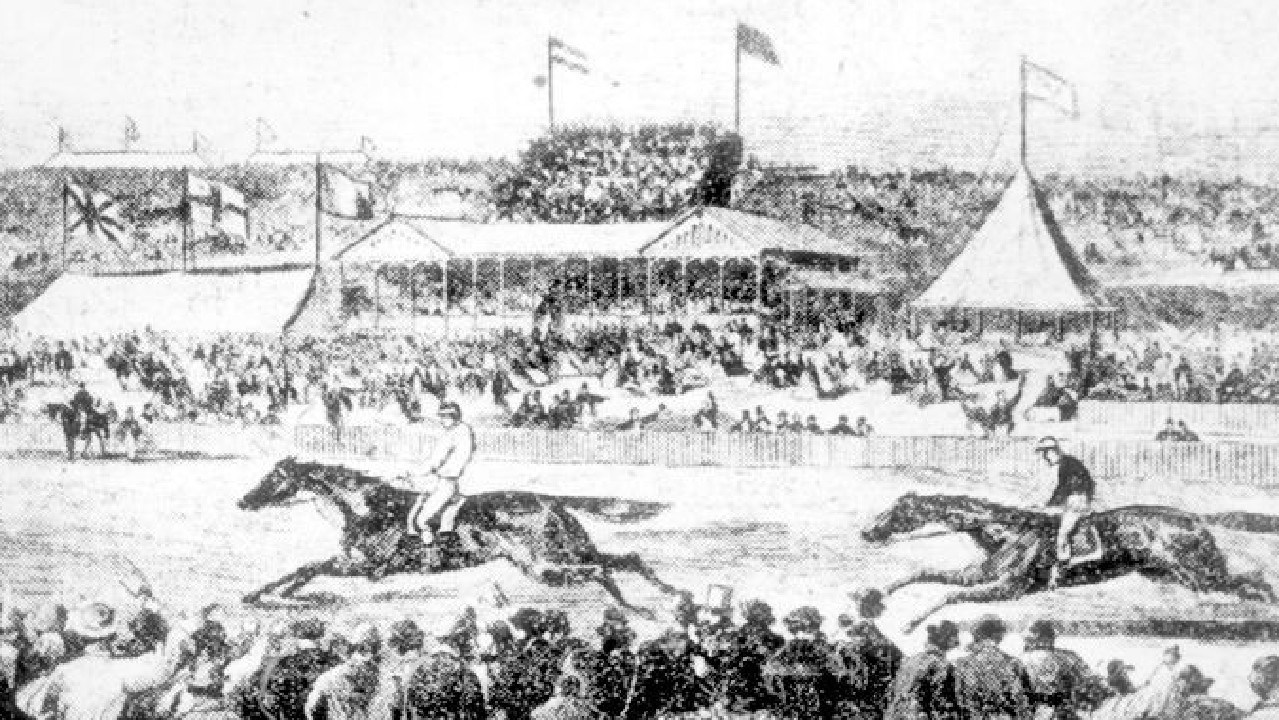
The first Melbourne Cup race in 1861 was eventful to say the least, with three of the 17 horses falling during the race, two jockeys sustaining broken bones and one horse bolting off the track altogether, but most notably, Archer caught and passed the favorite to win, Mormon, at the final turn, winning the wacky race by six lengths in 3 minutes and 52 seconds, the slowest Melbourne Cup in history. He broke his own records the very next year, winning his second Melbourne Cup in 1862 in 3 minutes and 47 second by eight lengths, a winning margin that was unmatched until 1969. After an injury, he was retired and returned to his home in Jembaicumbene, where he lived in peace until he passed in 1872.
Docs Keepin Time
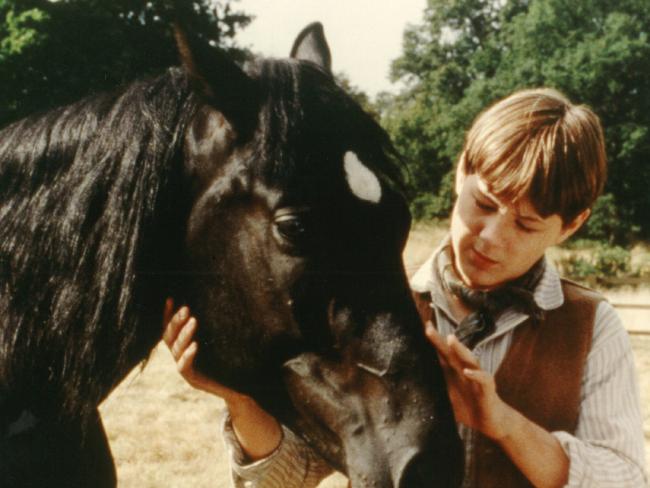
Few horses in the modern era are as recognisable as Docs Keepin Time. The shiny, black American Quarter Horse was born into equine royalty as a descendant of War Admiral, Seabiscuit's greatest rival. Docs Keepin Time's life was destined to take a different path from his ancestor, however, as he went on to star in one of the most iconic horse-films of all time. Black Beauty is popular among horse enthusiasts as it is considered to be the first fictional, autobiographical tale told from the perspective of an animal. The story follows the life of a horse from birth to retirement - inducing sympathy and promoting the welfare of horses as the reader follows the cruelty and kindness that the horse faces throughout.

In 1994, Docs Keepin Time played the title role of Black Beauty, with Alan Cumming voicing the character. The iconic role saw the horse become a symbol of perseverance, hope and friendship as his career continued to blossom. The horse then went on to star as The Black in The Adventures of the Black Stallion, alongside Mickey Rooney. After his retirement, he sired many foals himself, one of which, Keepin Charge, went on to walk in his father's footsteps as he starred in Appaloosa in 2008. Even after his passing in 2013, the horse's iconic look and films go on to inspire a generation of horse-lovers around the world.
Seabiscuit
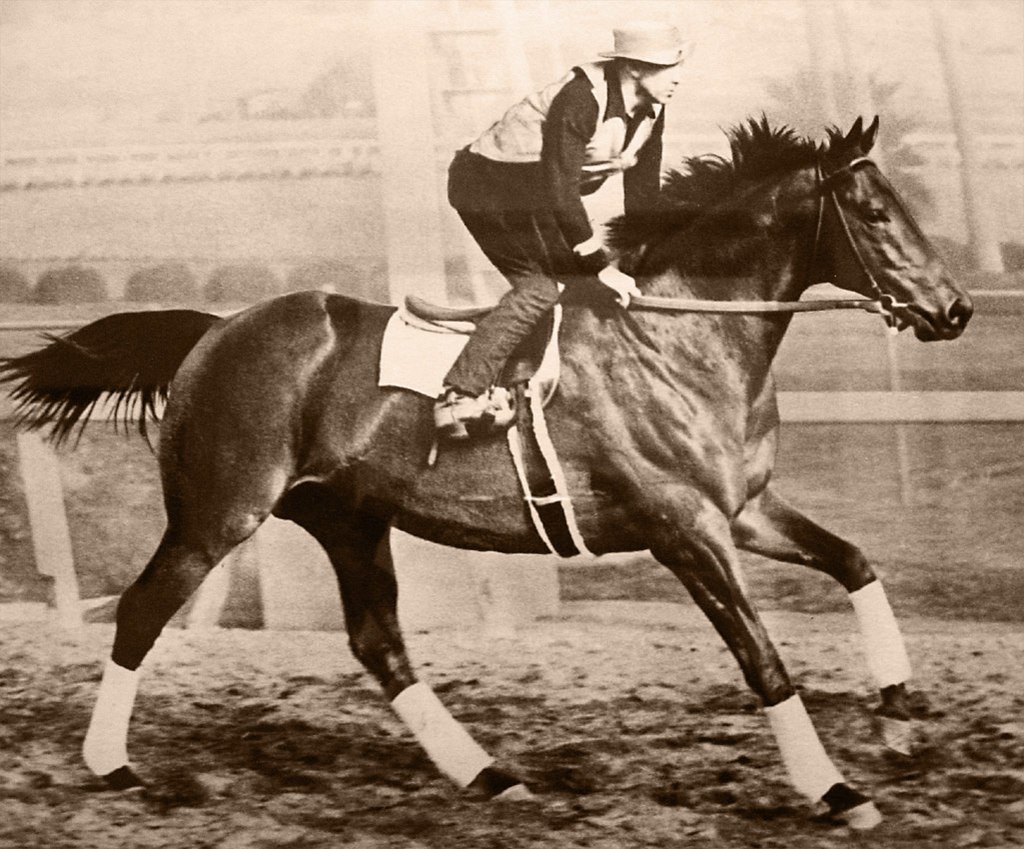
The story of one of the most famous horses in the world draws interesting parallels to the story of Australia's Phar Lap. Born in 1933, Seabiscuit was destined for greatness as a descendant of Man o' War - a thoroughbred who is widely considered to be the greatest racehorse of all time. Standing at only 15.2 hands, the small, knobby-kneed racehorse's career got off to a slow start, only winning four of his first 40 races. His luck changed, however, as he started to beat the odds and won race after race. The hope and perseverance that he demonstrated was palpable for the people suffering under the Great Depression, and the underdog became a champion to those downtrodden Americans. In 1938, Seabiscuit was not only the number one newsmaker of the year, but was awarded the American Horse of the Year award, beating the runner-up by nearly 200 points in the popular vote.
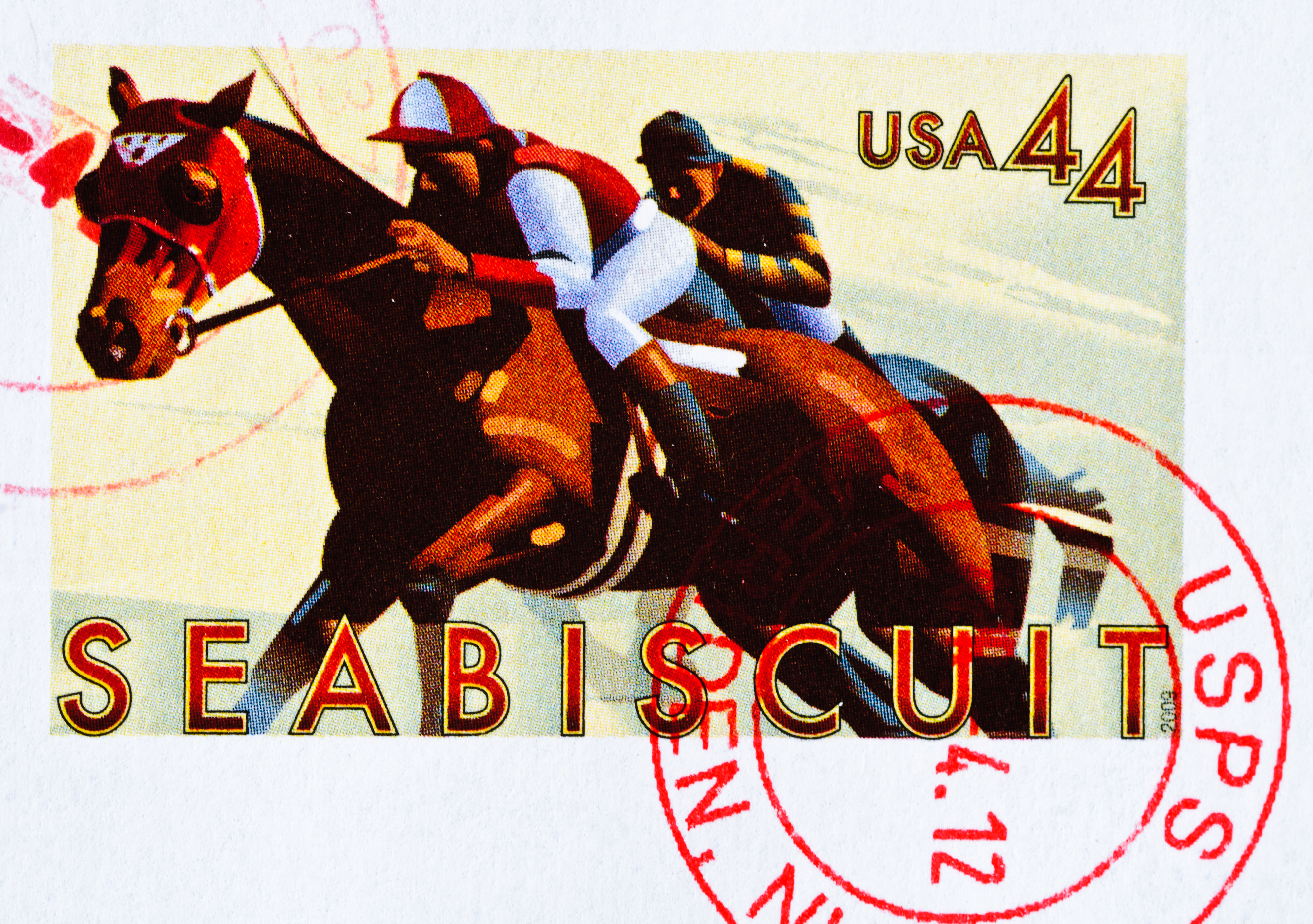
The next year, Seabiscuit sustained an injury during a race, and many thought he would never race again, however the wonder-horse beat the odds again and recovered. Seabiscuit was officially retired in April of 1940 as horse-racing's all-time biggest money winner at the time, siring 108 foals during his retirement. The incredible horse passed away seven years later, but like Phar Lap, his story lives on in documentaries, films, books, statues and postage stamps to this day.
Bamboo Harvester
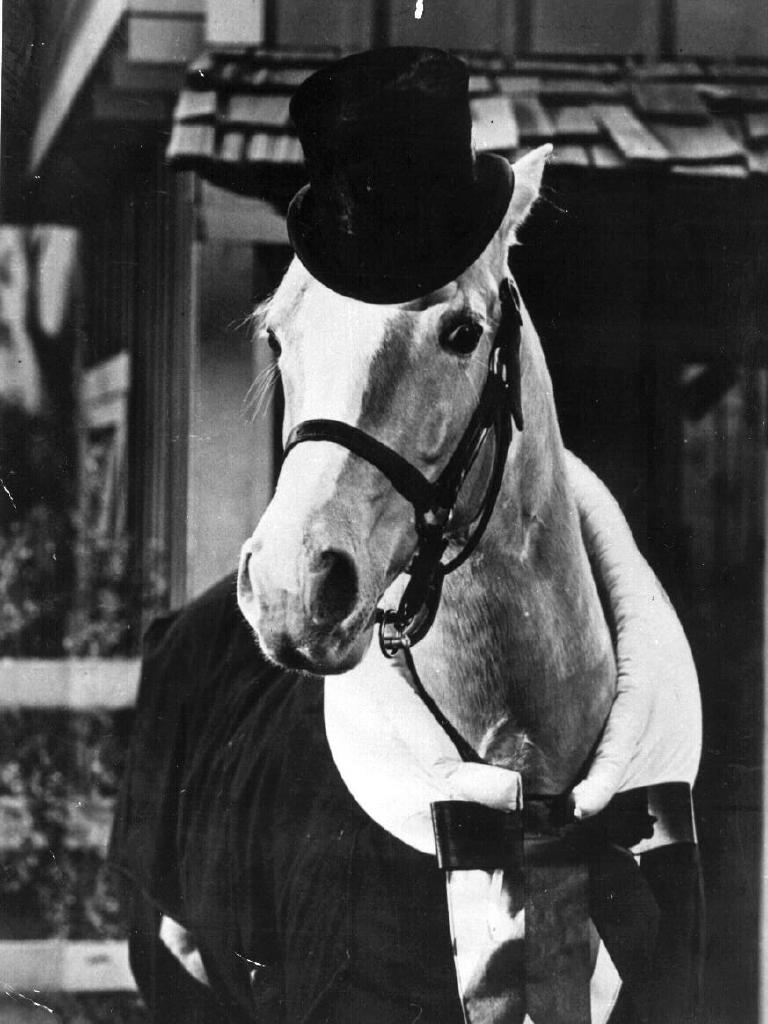
Bamboo Harvester was the star of his very own comedy series, playing the title role of Mister Ed. The show followed the capers of a trouble-making, talking horse named Mister Ed, voiced by Allen "Rocky" Lane and played by the palomino gelding, Bamboo Harvester. In the show, Mister Ed talks only to his owner, clumsy Wilbur, confusing other characters and displaying comically human-like behaviour. Initially, despite a rumour that they put peanut butter on his gums to make him "talk", trainer Les Hilton used a nylon thread on his lip to move it along with Lane's dialogue. Eventually, however, the clever horse learned to move his lips with a simple touch of the foot, even learning to do it instinctively when his co-star stopped talking.

With Bamboo Harvester's expert acting skills came success for the show as it ran for five years and included star-powered cameos from famous faces such as Mae West, Clint Eastwood and Sharon Tate. Eventually, after his retirement, Bamboo Harvester was laid to rest in 1970 on Snodgrass Farm in Oklahoma, with his fans dedicating a granite headstone on his grave in 1990, paying tribute to both Bamboo Harvester and Mister Ed.
By Claudia Slack
Sources: